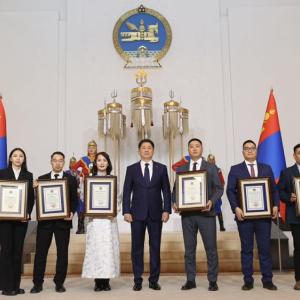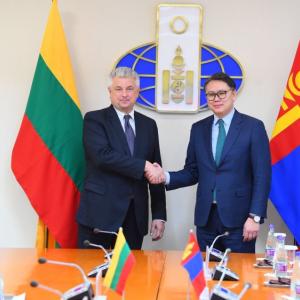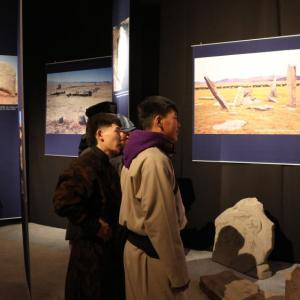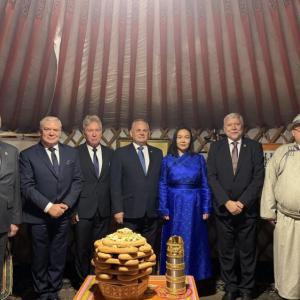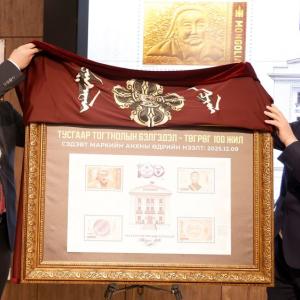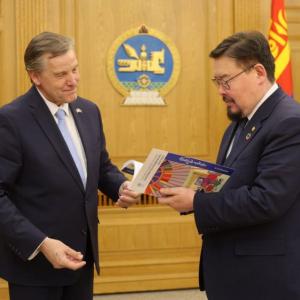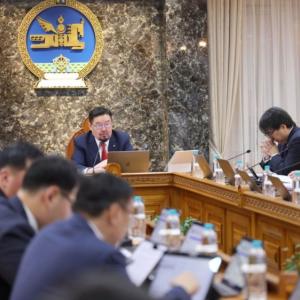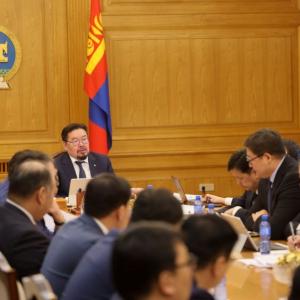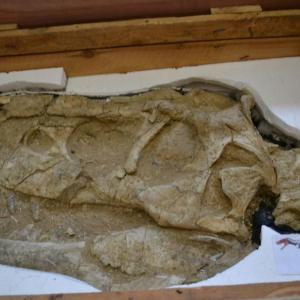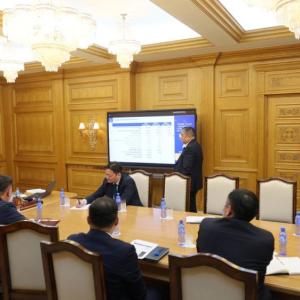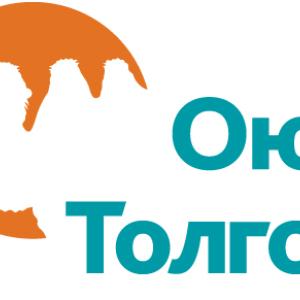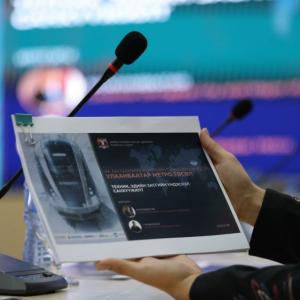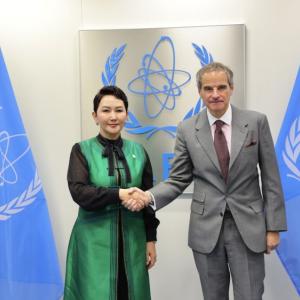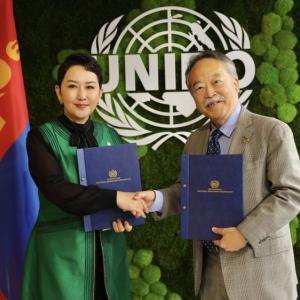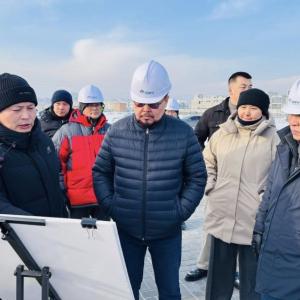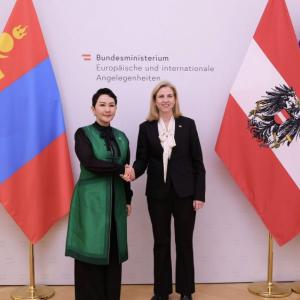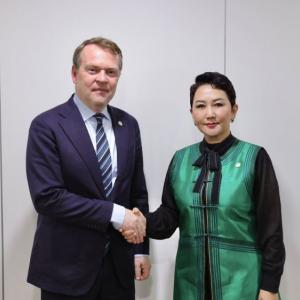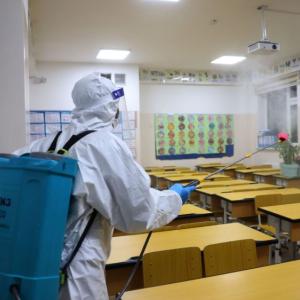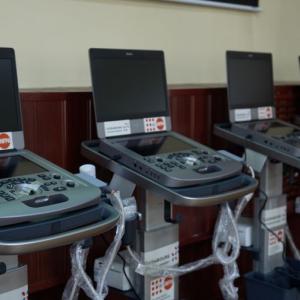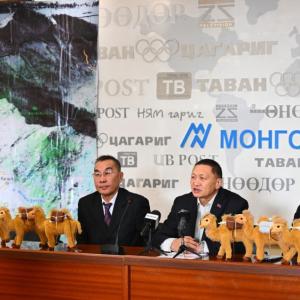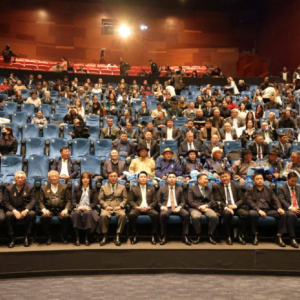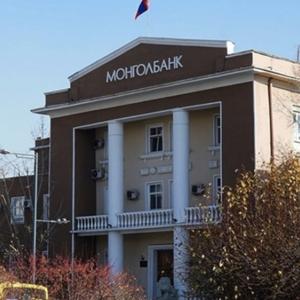Mongolian scientists develop infant incubator
The Mongol MessengerScientists of the Institute of Physics and Technology of the Mongolian Academy of Sciences have developed a neonatal incubator and blood pressure monitor or sphygmomanometer and are ready to put them into production for the use of clinics.
The infant incubator and blood pressure device were created by a team of Mongolian scientists headed by Dr. O.Bukhtsooj, Chief of Laboratory of Physics and Electronics of the abovementioned institute and including scientists B.Zandan, B.Naranbat, S.Ugtakhbayar and N.Narantsatseg.
Team leader O.Bukhtsooj said “Both pieces of equipment have already gone under laboratory tests. Now, we are about to introduce them to clinics and hospitals and put them into large-scale production. We have developed a number of medical equipment devices besides the baby incubator such as the development and experiments in blood pressure monitors, a electric meter and electrical meter we created has already been completed and available for manufacturing. Our team is planning to submit the complex medical devices we developed to the Ministry of Health as a project proposal”.
In terms of development of the incubator, the team used the main body of old incubators that are no longer in use in hospitals and most importantly, we made the electronic components and pieces ourselves. In short, they have created dry and water heaters and air humidity regulators for themselves. The incubator is equivalent to imported incubators in terms of its functions.
One of the advantages of the incubator is that a system is installed in it to give a warning signal automatically when the health of infant inside the devise gets worse. If the infant’s state deteriorates, the system will relay the signal to the medical staff and nurses. “An incubator is bought from foreign countries for approximately Tgs 13 million; however, we have provided the opportunity to get this Mongolian-made device for a price much cheaper than those from abroad.
The blood pressure monitoring device determines maximum and minimum blood pressure using the heart rate. The advantage of the device lies in its feature to be freely connected to a PC, cellphone or laptop. The person using the device will be able to save the record of their own heart rate and top and bottom levels of blood pressure. They can even print them for use at their next doctor's appointment.
Another creation of the team is an electric meter, which is manufactured to calculate daytime and nighttime tariffs separately. It is the most effective equipment as the nighttime tariff has recently been zero-rated as a step to reduce air pollution in Ulaanbaatar. The electricity meter is turned on and off with a remote control.

O.Bukhtsooj said to itoim.mn website that “As Mongolia brings all of its electricity meters from abroad, we have made this device as an import substitution”. The team is planning to put the device into the manufacturing process after the electricity meter is approved by the Mongolian Agency for Standardization and Metrology.
“Mongolian science industry competently resolved the issue of electronics, the critical part of the development process. The next important stage is the manufacturing. The main reason the Mongolian science industry lags behind is there is not adequate production environment and industrial infrastructure. Even though the new products are developed yet to be introduced on the market, other issues, for instance the manufacturing of its packages, are still needed to be solved. Therefore, the government needs to pay attention to this issue by developing policy on promoting its domestic production.
Dr. O.Bukhtsooj has been working as a chief of the Laboratory of Physics and Electronics of the Institute since 2001, when he came back to Mongolia after studying at the Moscow Power Engineering Institute for an engineer of physics and electronics for 9 years.
The article is featured in the Mongol Messenger's issue No.5 for February 3.
 Ulaanbaatar
Ulaanbaatar






